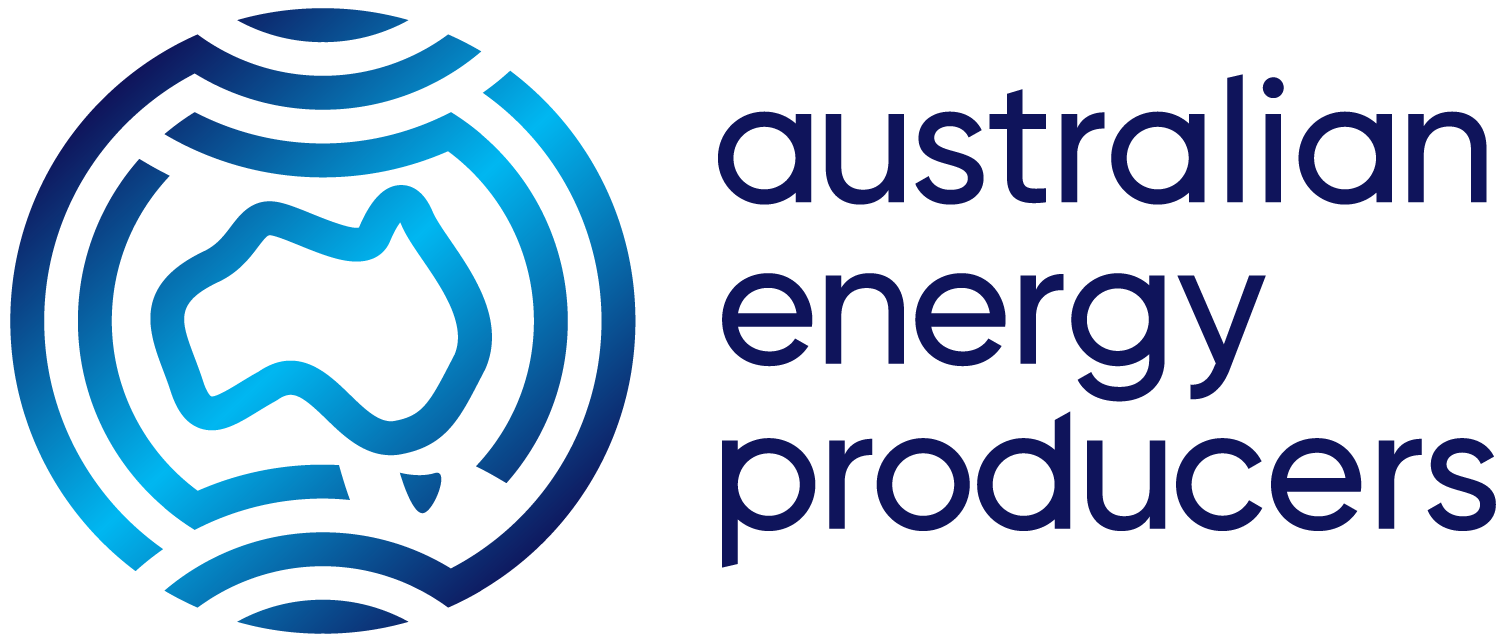08 Oct 2025
Opinion article by Samantha McCulloch in the Australian Financial Review on the east coast gas market
Opinion article in The Australian by Samantha McCulloch, Chief Executive of Australian Energy Producers, October 8 2025.
Last week, the Australian Competition and Consumer Commission (ACCC) confirmed what gas producers and users have known for years – the complex patchwork of regulations governing the east coast gas market is actually making things worse.
The regulations that are meant to ensure a well-supplied and functioning market have not only failed to add any material volumes of new gas, they “appear to have had the unintended consequence of exacerbating the risk of domestic supply shortfalls,” the ACCC concluded. It also warned the east coast faces gas shortfalls from 2028, “despite there being sufficient reserves and resources for at least the next decade.”
Australian gas producers and users agree that the status quo is not working for anyone. The Federal Government has also recognised this, taking the important step of establishing the Gas Market Review with an aim to “improve and streamline these instruments to ensure sufficient affordable gas supply in the longer term”.
The review presents an opportunity to future-proof the gas market and break the cycle of short-term fixes, market interventions and looming shortfalls. This requires a return to a strong, stable and competitive gas market that delivers more gas when and where it’s needed, while providing certainty for existing and future investment.
Delivering reforms that strike the right balance – between gas producers and gas users, and between near-term and longer-term solutions – won’t be easy. Natural gas is essential for providing reliable and affordable electricity, for heating and cooking in more than five million Australian homes, and as the main source of energy for manufacturers.
The Government is acutely aware that its Future Made in Australia is contingent on ensuring reliable and affordable gas supply – natural gas provides almost 40 per cent of energy used in Australian manufacturing, and it is the only viable energy source for many industries.
Self-serving calls from some large manufacturers for more government intervention and price controls in the gas market are not the answer. As the ACCC confirmed, past gas market interventions have done more harm than good, and “There are limits to what the gas policy measures can achieve on their own if the underlying causes of inadequate supply and ineffective competition are not addressed.”
What is needed is a considered package of reforms that address barriers to new supply, support continued investment in new gas supply and infrastructure, and provide long-term certainty to all market participants.
The simple truth is that the only sustainable way to put downward pressure on prices and ensure a well-supplied gas market is to increase supply.
A well-designed, prospective reservation policy for the east coast that is linked to new supply can be part of the solution. However, it must be backed by immediate actions to address near-term challenges. Key among these is fixing environmental approvals that are delaying projects, increasing costs and driving away investment. The Federal Government’s commitment to overhaul the national environmental laws to deliver faster and simpler approvals is a welcome first step.
The states must also do their part, especially Victoria and NSW – the states most at risk of gas shortfalls and which have done the least to support new gas development. Santos’ Narrabri gas project, for example, which could supply half of NSW’s annual gas demand, remains mired in regulatory approvals and legal challenges after more than a decade.
Queensland’s gas exports have become a convenient scapegoat, with calls for government intervention to force uncontracted gas to be diverted to the domestic market. But this myopic focus on exports ignores more than a decade of unheeded warnings and inaction on the need for new gas supply and infrastructure to avoid future shortfalls.
It also ignores the fact that access to export markets was essential to the development of Queensland’s gas industry, and remains essential today. Without continued investment in Queensland gas supply, underpinned by access to international markets, the east coast faces an even worse supply outlook.
Australia doesn’t have to choose between the domestic market and exports. We have enough undeveloped gas to meet our long-term energy needs and remain a reliable energy partner in our region. What is needed is policy certainty and stability for gas producers and users alike.
Australian gas producers, as much as their customers, want and need a well-supplied, affordable gas market. The Gas Market Review has provided the opportunity to work together to address the causes, not just the symptoms, and fix the gas market once and for all.

